What is the role of water in exercise?
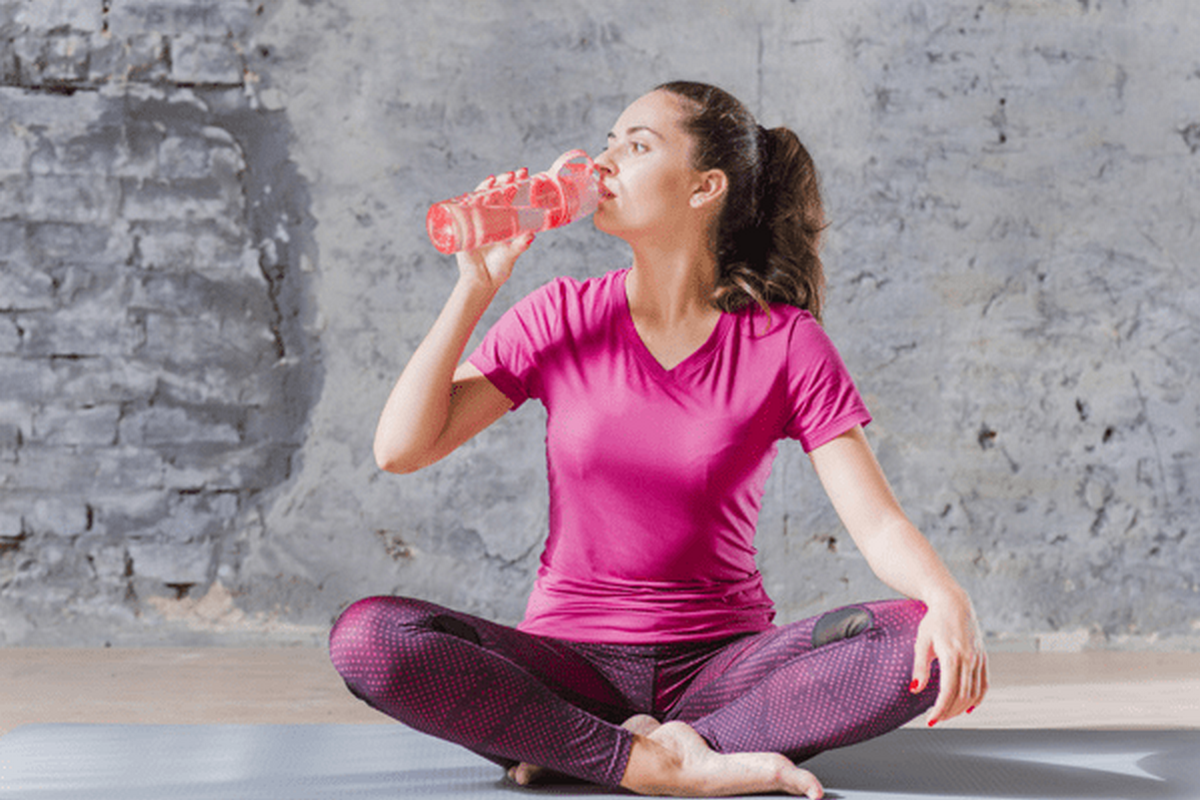
Hydration and water intake are the cornerstones of athletic performance. There is the wrong feeling that we need water only when we are thirsty, but the feeling of thirst is just a sigh that we are already thirsty and dehydrated.
Regarding sports, water is a factor that contributes decisively to athletic performance and is usually underestimated. Hydration levels and electrolyte balance are of high importance before, during and after exercise. Unfortunately, dehydration in its early stages does not have any signs. However, dehydration can adversely affect exercise performance, even to cause serious damage, such as heat stroke, if not treated properly and on time.
The importance of hydration in exercise
Exercise results in increased body temperature due to increased muscle workout and increased heat production from burning nutrients to produce energy. This internal increase of temperature, in turn, activates a series of thermoregulatory mechanisms available to the body to maintain its balance. Among these mechanisms is increased sweat production. Sweat production increases as the ambient temperature is higher, while evaporation of sweat decreases when there is increased humidity in the atmosphere. However, hydration is not only necessary for body thermoregulation but also for good oxygenation of the muscles and burning of nutrients for energy production. Decreased levels of hydration lead to poor functioning of muscles and fatigue.
Replenishment of fluids before, during and after exercise
To ensure body’s hydration, it is advisable to consume 400-600ml of water, 2-3 hours before exercise, along with a small meal or snack. During exercise, the administration and the amount of fluid depends on various factors such as the duration of exercise and the type of exercise. Typically, activities that last less than 60 minutes do not require an electrolyte solution. Systematic water intake every 15-20 minutes is enough to meet the needs of electrolytes and water.
If the exercise lasts more than 1 hour, hydration should be achieved with energy drinks containing electrolytes and carbohydrates (4-8%). At the end of the exercise, it is advisable to replenish the fluids depending on weight loss during exercise. A general guide is, as before exercise, consumption of 400-600 ml of fluid for every 0.5 kg of loss.
Electrolyte solutions
Electrolyte deficiency is treated by administering a solution of electrolytes, in the presence or absence of carbohydrates, depending on to who they are intended for. Electrolyte solutions are distinguished according to the concentration of their ingredients (osmolality) in comparison with the corresponding body fluid concentration.
- Hypotonic solutions, those having an osmotic pressure of less than 240mOsmol/L
- Isotonic solutions, having an osmotic pressure of 240 to 340 mOsmol/L
- Hypertonic solutions, those having an osmotic pressure greater than 340mOsmol/L
There is no consensus on which solutions are absorbed better and offer optimal hydration. However, hypotonic and isotonic solutions are preferred over hypertonic, especially in athletes.
Disclaimer
The content of this blogspot is not and can not be considered as medical advice, diagnosis or treatment. All information is provided to readers solely for informational purposes. There is no intention to substitute this content for personalized medical advice, diagnosis, prognosis or treatment.


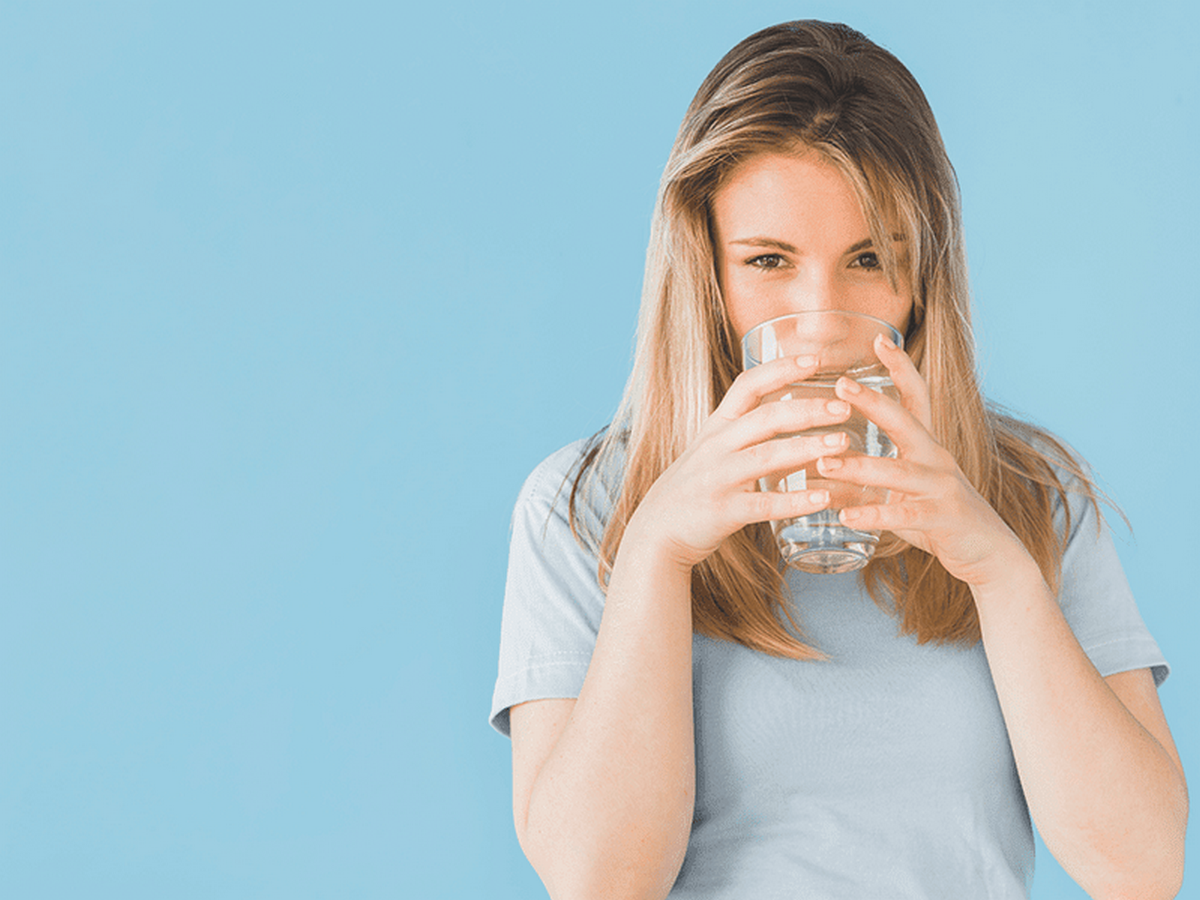
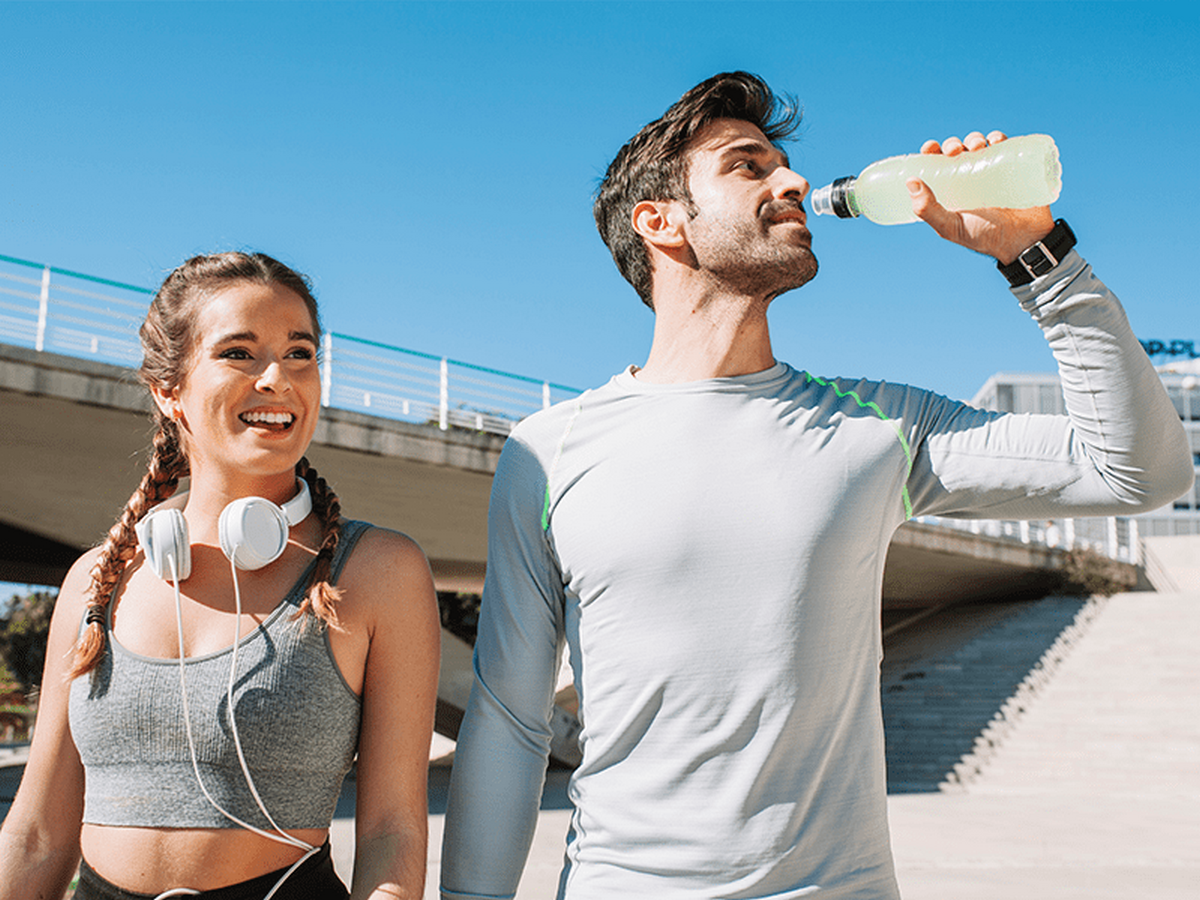
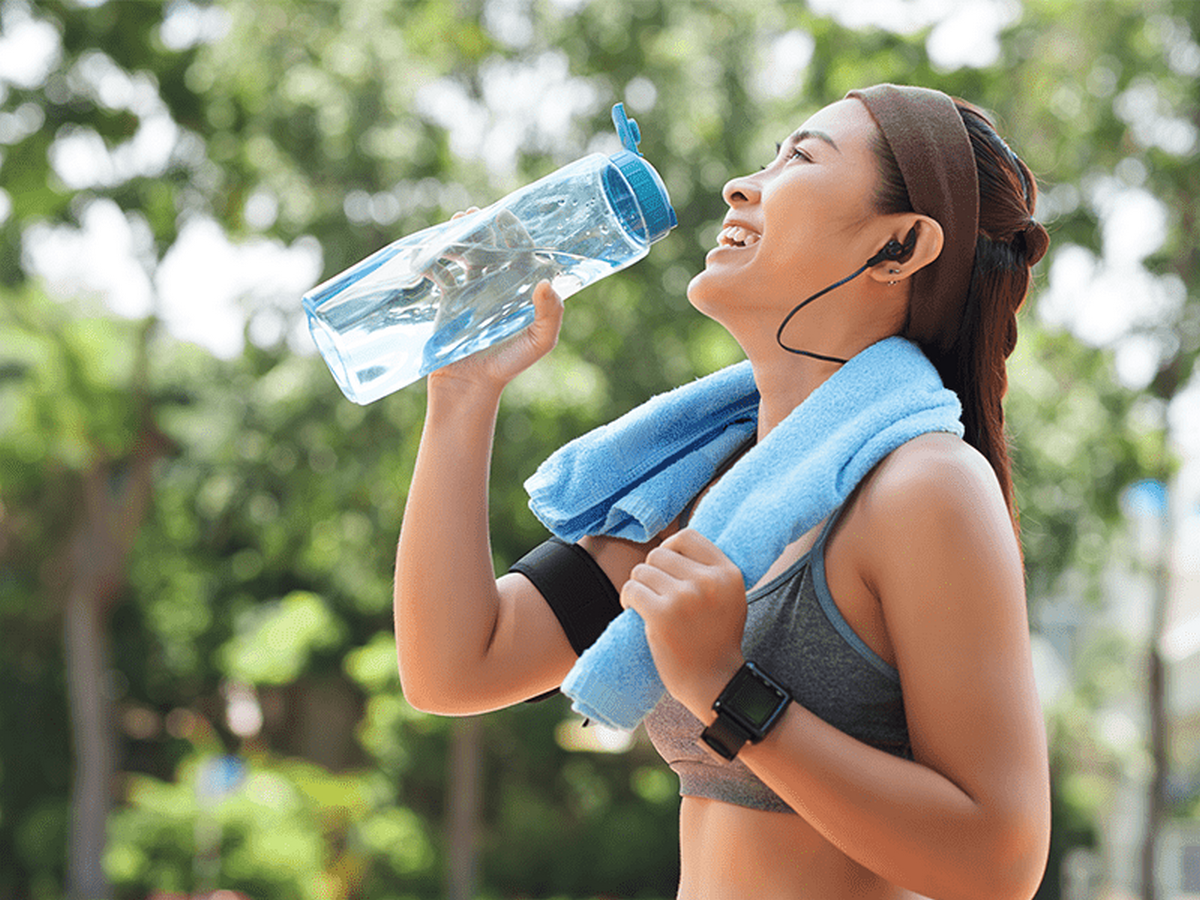


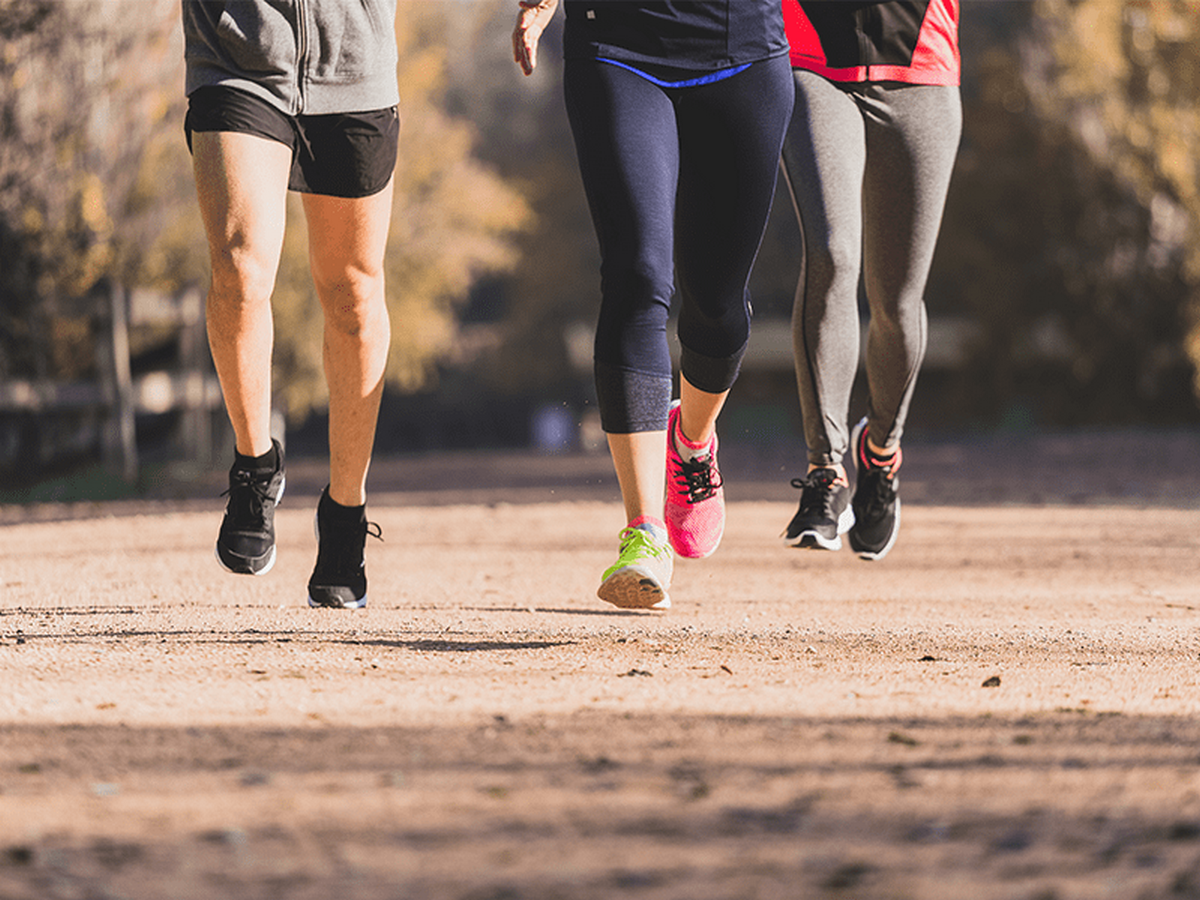


Leave a comment